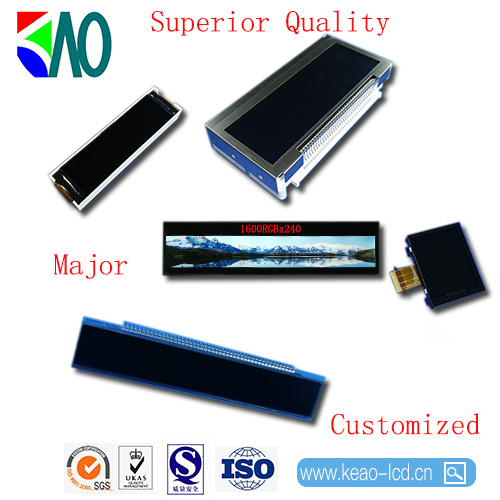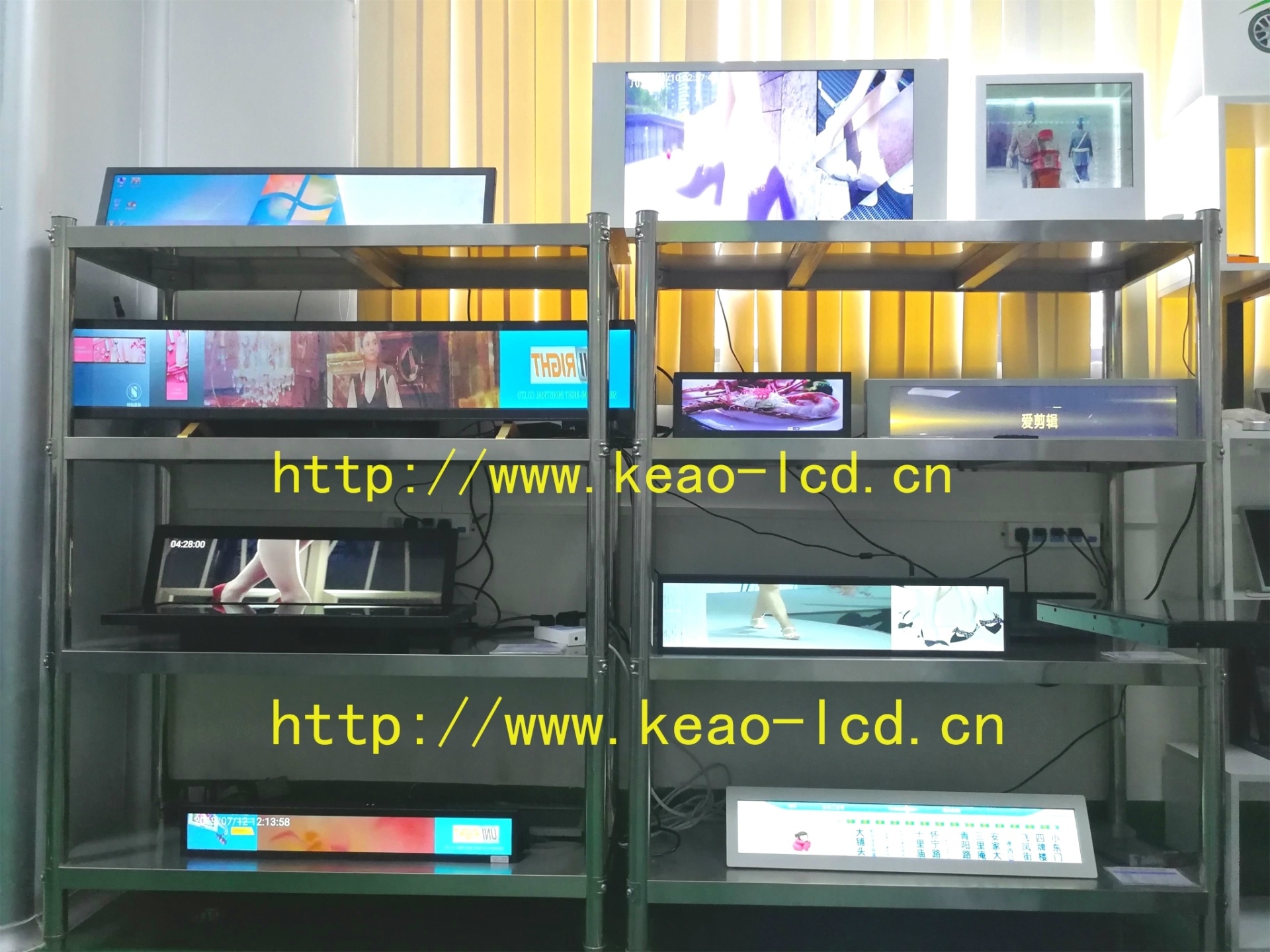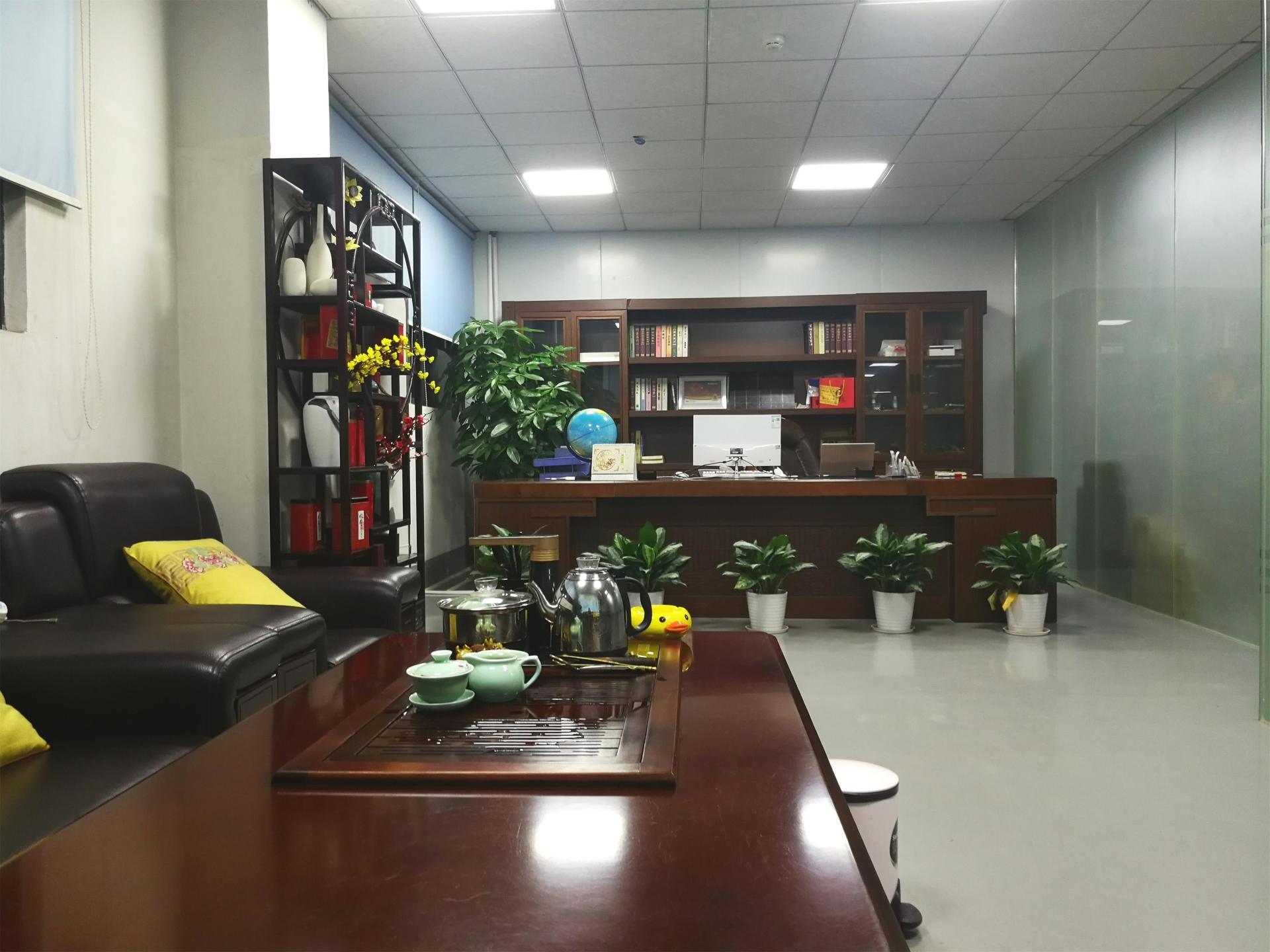Top Features to Look for in OLED LCD Modules for Your Projects
Top Features to Look for in OLED LCD Modules for Your Projects In the rapidly evolving world of electronics, choosing the right display technology can significantly impact your project’s success. Among the multitude of options available, **OLED LCD modules** stand out for their vibrant colors, high contrast, and energy efficiency. This guide aims to provide you with an in-depth understanding of th
2025-06-07
Top Features to Look for in OLED LCD Modules for Your Projects
In the rapidly evolving world of electronics, choosing the right display technology can significantly impact your project’s success. Among the multitude of options available, **OLED LCD modules** stand out for their vibrant colors, high contrast, and energy efficiency. This guide aims to provide you with an in-depth understanding of the top features to consider when selecting OLED LCD modules, ensuring your projects shine with clarity and brilliance.
Table of Contents
- Understanding OLED Technology
- Advantages of OLED LCD Modules
- Key Features to Consider
- Resolution and Display Quality
- Size and Form Factor
- Brightness and Contrast Ratio
- Color Gamut and Accuracy
- Response Time and Refresh Rate
- Viewing Angles and Visibility
- Power Consumption and Efficiency
- Connectivity Options
- Durability and Lifespan
- Applications of OLED LCD Modules
- Conclusion
- FAQs
Understanding OLED Technology
**Organic Light Emitting Diodes (OLED)** represent a breakthrough in display technology. Unlike traditional LCDs, which rely on backlighting, OLED displays generate their light through organic compounds. This fundamental difference allows OLEDs to achieve deeper blacks, a wider color palette, and superior energy efficiency. Understanding the basic principles of OLED technology is crucial for selecting the right module for your project.
Advantages of OLED LCD Modules
OLED LCD modules offer several advantages that make them appealing for a variety of applications:
1. **Improved Color Accuracy**: OLED technology produces vibrant colors that are closer to the true spectrum than traditional LCDs.
2. **Higher Contrast Ratios**: OLED displays can achieve infinite contrast ratios since individual pixels can turn off completely, allowing for deep blacks.
3. **Energy Efficiency**: OLED modules tend to consume less power, especially when displaying darker images, making them ideal for battery-operated devices.
4. **Flexibility and Thinness**: OLED panels can be made thinner and more flexible than conventional LCDs, providing innovative design opportunities.
Key Features to Consider
When selecting OLED LCD modules, several critical features should be evaluated to ensure optimal performance for your project.
Resolution and Display Quality
Resolution is one of the most vital features to consider. Higher resolutions, measured in pixels (e.g., 1920x1080), provide greater detail and clarity. For projects requiring sharp images and text, prioritize modules with higher pixel densities. Look for specifications such as Full HD or 4K resolution, which can significantly enhance display quality.
Size and Form Factor
The size of the OLED LCD module is another essential factor. Consider the space available in your project and the intended use of the display. Modules come in various sizes, from small screens suitable for wearables to large panels for signage. Ensure the form factor complements your project’s design and functionality.
Brightness and Contrast Ratio
Brightness, measured in nits, indicates how well the display can perform in various lighting conditions. For outdoor or brightly lit environments, select modules with higher brightness levels (e.g., 1000 nits or more). Contrast ratio, on the other hand, affects the display’s ability to show details in shadows and highlights. Aim for OLED modules with high contrast ratios to improve visual performance.
Color Gamut and Accuracy
Color gamut refers to the range of colors that a display can reproduce. A wider color gamut allows for more accurate and vibrant images. Look for modules that support industry-standard color spaces like Adobe RGB or DCI-P3, ensuring that your display can handle a broad spectrum of colors.
Response Time and Refresh Rate
Response time indicates how quickly a pixel can change from one color to another, affecting motion clarity. A lower response time (measured in milliseconds) is essential for fast-moving images, making it crucial for gaming and video applications. Similarly, a higher refresh rate (measured in Hertz) contributes to smoother animations and a better overall viewing experience.
Viewing Angles and Visibility
Consider the viewing angles of the OLED LCD module, as they determine how well the display can be seen from different positions. Ideally, choose modules with wide viewing angles (170 degrees or more) to accommodate various environments and user positions. This feature is particularly important in collaborative settings where multiple viewers may be present.
Power Consumption and Efficiency
Power consumption is a critical consideration, especially for portable or battery-powered devices. OLED displays tend to be more energy-efficient than traditional LCDs because they do not require a backlight. Look for modules with low power consumption ratings, as this will contribute to longer battery life and reduced operational costs.
Connectivity Options
Connectivity is vital for integrating the OLED LCD module into your project. Check for various connection interfaces such as HDMI, VGA, or SPI, depending on your specific requirements. Compatibility with existing hardware will streamline the integration process and enhance the module’s usability.
Durability and Lifespan
The longevity of an OLED LCD module is essential, especially in demanding environments. Evaluate the module’s durability features, such as resistance to moisture, dust, and extreme temperatures. Additionally, consider the lifespan of the OLED technology, as some displays may experience color degradation over time. Look for modules that offer robust warranties and are designed for long-term use.
Applications of OLED LCD Modules
OLED LCD modules are versatile and can be utilized in numerous applications, including:
- **Consumer Electronics**: Smartphones, tablets, and televisions benefit from OLED displays for their superior image quality.
- **Wearable Devices**: Smartwatches and fitness trackers leverage the thinness and flexibility of OLED technology.
- **Automotive Displays**: Car dashboards and infotainment systems are increasingly incorporating OLED modules for enhanced readability and aesthetics.
- **Industrial Applications**: OLED displays are used in machines and controls where visibility and durability are essential.
Conclusion
Selecting the right OLED LCD module is crucial for the success of your projects. By considering essential features such as resolution, size, brightness, color accuracy, and connectivity, you can ensure that your display meets the specific needs of your application. The advantages of OLED technology, including superior color reproduction and energy efficiency, further enhance its appeal. As you embark on your next project, keep these features in mind to make an informed decision that will lead to outstanding results.
FAQs
1. What is the difference between OLED and LCD displays?
OLED displays emit their light, providing better contrast and color accuracy, while LCDs rely on backlighting.
2. How long do OLED displays last?
The lifespan of OLED displays can vary but typically ranges from 30,000 to 100,000 hours, depending on usage and conditions.
3. Are OLED displays more energy-efficient than LCDs?
Yes, OLED displays are generally more energy-efficient, especially when displaying darker images.
4. Can OLED displays be used outdoors?
Yes, but it’s essential to choose high-brightness modules designed for outdoor use to ensure visibility in sunlight.
5. What factors should I consider when choosing an OLED LCD module for gaming?
For gaming applications, prioritize low response times, high refresh rates, and excellent color accuracy to enhance the playing experience.
By exploring these factors and understanding the features that matter most, you will be equipped to choose the best OLED LCD module for your project, ultimately leading to greater success and satisfaction in your electronic endeavors.
Related info











